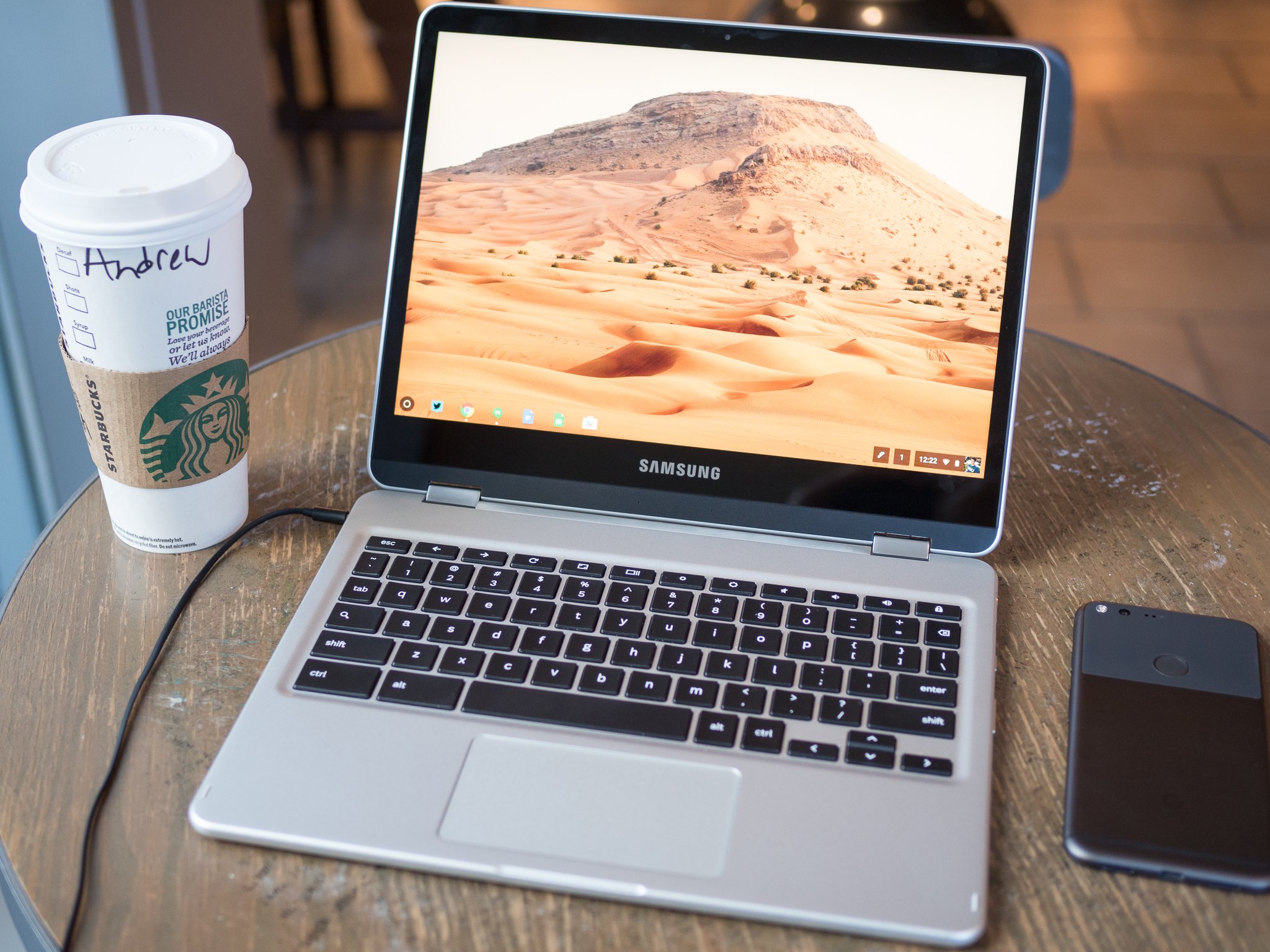Setting up a VPN connection on your Chromebook isn't hard once you know where to look.
If you have an account with a VPN provider, you can use it on your Chromebook, too!
While most VPN companies have something you can download for Windows or Mac that's a one-click-install setup, on your Chromebook you'll need to enter the information manually. It's not difficult; you don't need to know any network jargon or define any extra parameters, and any VPN setup to work with OpenVPN is compatible.
Before you start, you should check to see if your VPN company has an app in the Chrome Web Store. There are a handful of VPN providers that do, and you install their apps like you would any other app or extension. But if your VPN company doesn't have a Chrome app, here's what you'll need to do.
Importing certificates
If your VPN provider uses a CA Certificate for a connection you'll need to import it into your Chromebook.
- Get the CA Certificate from your VPN company. A CA Certificate is a key that verifies your trust, and your Chromebook already has a number of them installed for web services. You'll need to import the one you were given from your VPN provider if you were given one. Store this file on your local storage so you can import it.
- Open a new tab in the browser and put chrome://settings/certificates in the address bar, then press enter.
- Click the Authorities tab at the top of the page.
- Press the Import button and choose the file you downloaded.
- A box will open asking what you trust this certificate to verify. If you're unsure, you can leave everything unchecked (recommended).
- The certificate will import and install.
- Use these same instructions to import a User certificate if you are provided one. Simply choose the User certificates tab instead of the Authorities tab.
Enter the VPN network settings
Next, you need to enter the account and server information you'll use to connect. You'll do this in the settings as well.
- Click your account photo in the lower left of the screen, then click the gear icon to open the settings.
- Near the top, in the Network section, click the Add connection button.
- Click Add OpenVPN / L2TP.
You need to fill in the information about your connection in the box that opens. If your Chromebook came from your work or your school, you'll need to get this information from the person who administers your Chromebook. Otherwise, you'll find it at your VPN provider's website.
- Server hostname: The name or IP address of the server you'll be connecting to.
- Service name: The connection name that shows in the settings. You can name it anything you like.
- Provider type:
- Select L2TP/IPsec + Pre-shared key if you need to enter a second password once you log-on to your VPN.
- Select L2TP/IPsec + User certificate if you have a separate user certificate as mentioned above.
- Select OpenVPN if neither applies to your VPN connection.
- Pre-shared key: Enter the secondary password you need to connect here. If you don't need to use a second password, leave this blank.
- Server CA certificate: If you installed a CA Certificate as described above, choose it from the list. Otherwise, leave it at Default.
- User certificate: If you installed a User Certificate as described above, choose it from the list. Otherwise, leave it blank.
- Username: The username you use to log in to your VPN.
- Password: Your VPN account password. Note this is not the same as the Pre-shared key.
- OTP: If you were given a token or website address that generates a One Time Password, generate it and enter it here. Otherwise, leave it blank.
- Group name: If you need to enter a Group name it goes here. Otherwise, leave it blank.
- You can check the box to Save identity and password if you want to be able to connect with one click. If you prefer to enter your username and password each time, leave this unchecked. Your Pre-shared Key will be remembered either way.
- To test your connection, click Connect.
You'll know you're connected when you see a key symbol beside your Wi-Fi icon. You'll also see the word Connected in green at the new connection in the settings window. If you connected without any problems, you can click the back arrow in the upper right to see other configuration options, like a setting to always use the VPN connection or delete (Forget) it, or edit it.
If you choose not to use the connection all of the time, you can connect by clicking the network icon (the Wi-Fi symbol) in the tray and choosing your new network.
Questions
I know that was a lot to take in at once, so I'll be hanging around in the comments below to answer any questions you may have.





0 Response to "You Can See More: How to set up a VPN on a Chromebook"
Post a Comment